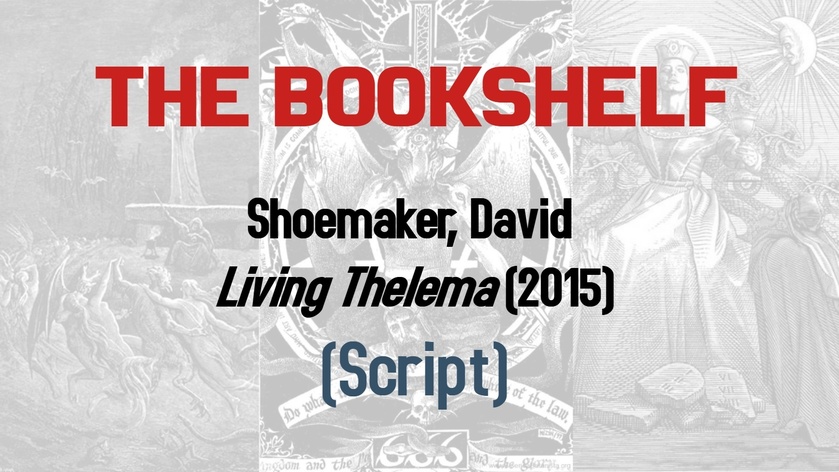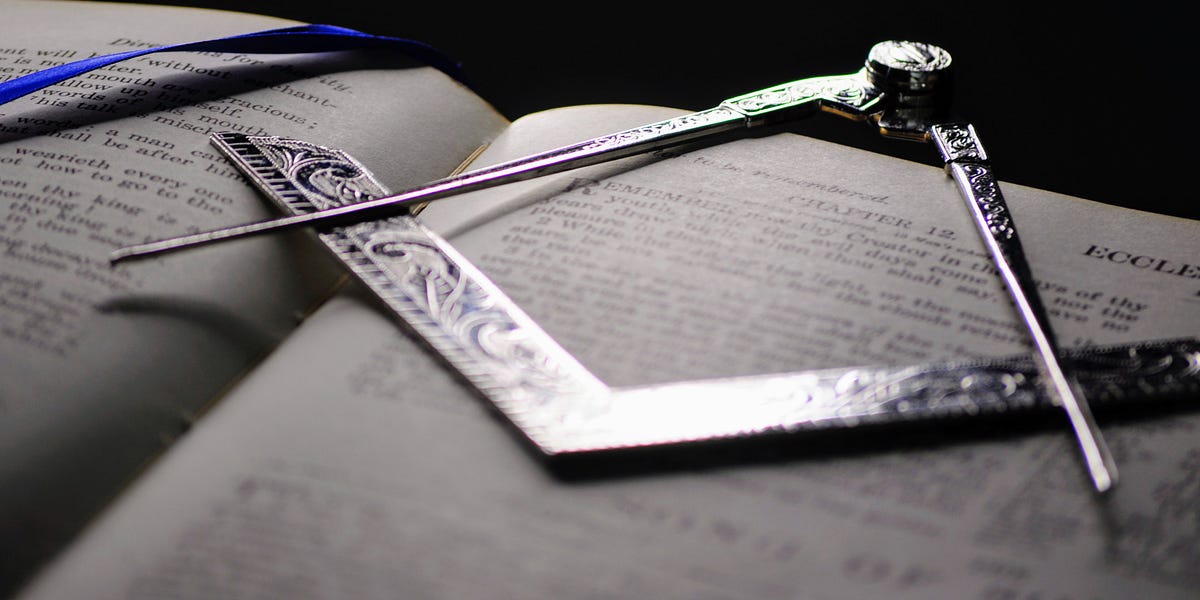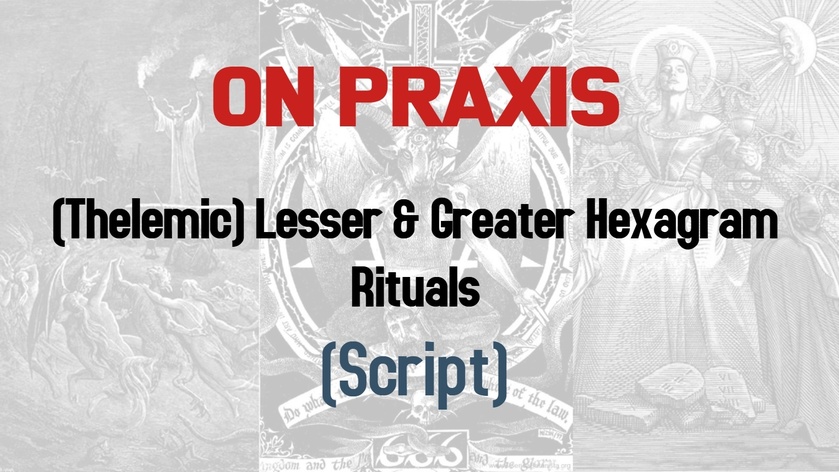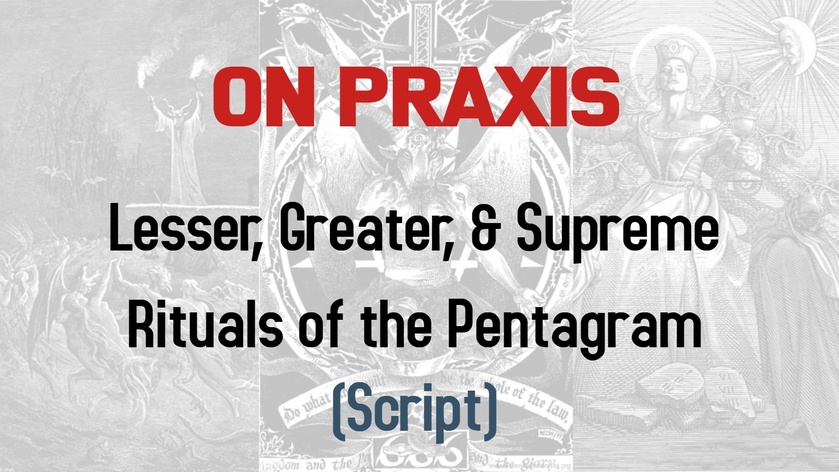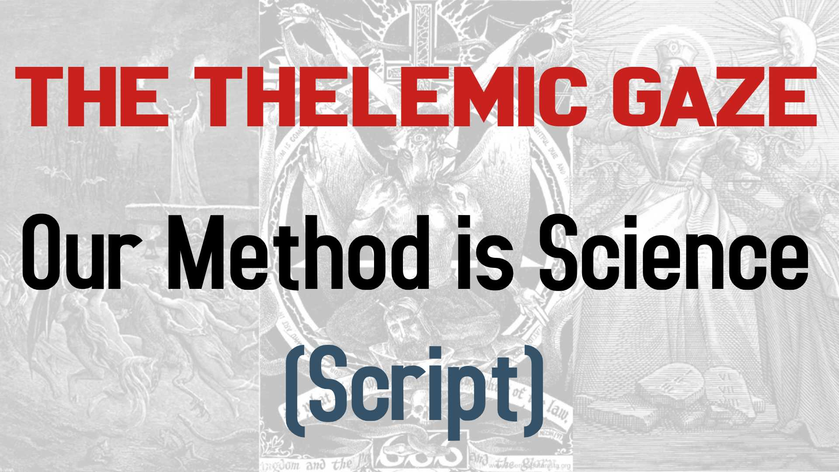Do what thou wilt shall be the whole of the Law.
Introduction.
Books are important. The ability to read is the primary difference between the modern occultist and those who should seek a different path. Modernity has constructed life such that it is difficult to survive even if one chooses to find a guru and study at the feet of a master. Even should one find a guru, one will need to supplement any teachings by consulting books as references. After all, the master needs to eat as well.
In Asimov’s Foundation, one of the signs of the decline of the empire was that its scholarship was little more than shuffling around the scholarship of prior generations of scholars. Direct experiential knowledge of the topic was ridiculed as unnecessary. A similar problem is present in many modern works of occultism.
Regardless, many books are published each year. I hope this review, and those which follow, might help to separate the wheat from the chaff. A version of this review was previously published in the Coph Nia Wand 2015 and on the Devil with Unity blog.
Living Thelema: A Review
David Shoemaker, the Chancellor of the International College of Thelema, has presented us with a Thelemic beginners text, Living Thelema (2013), which provides an overview of the introductory material in the Thelemic tradition. He begins with some comments on basic practices, moves on to some things that are more directly related to his A∴A∴ lineage, and ends with some advice on how to live a Thelemic life. This material is aimed at those drawn to Thelema, but who do not have significant exposure to the works of Aleister Crowley or occultism in general.
An Overview
I should probably begin by stating that I am not a fan of beginner books. They tend, by virtue of being targeted at beginners, to reduce the material to a ridiculously unusable level. They try to cover for their paucity of information by utilizing bland platitudes which are, far too often, nothing more than standard opinions culled from Western (typically American) society.
I am not claiming that Dr. Shoemaker avoids these pitfalls. However, I found them to be far less egregious than other books in this category. The fact that Dr. Shoemaker can actually write makes this book stand out from others of its kind.
Interestingly, I read an article from Correspondance journal, Volume III, 2015, on the tendency to psychologize occultism as I was preparing this review. The target of the article was Dr. Israel Regardie. [Plaisance. Israel Regardie and the Psychologization of Esoteric Discourse] Like Dr. Shoemaker, Dr. Regardie was a psychologist. It is only natural, perhaps, that the disturbing tendencies to sacralize psychology and psychologize occultism are also present in Living Thelema. For the most part, this trend is a potentiality, but it is something to be aware of — and to be on guard against..
The book itself is divided into three parts: Tools for the Journey, Perspectives on the Path of Attainment, and Life Outside the Temple. The first covers basic terminology and rituals. The second moves to a more theoretical framework, discussing tools such as tarot and alchemy within the initiatory framework of the A∴A∴. The final section is sacred psychology. I am not dismissing the value of psychology, nor am I saying that it is not important for the magician to be balanced. However, I do feel that there is a risk of conflating spirit and mind. While the maxim “As above, so below” is a given, we must not forget that one is above and the other below — or, to use language more in keeping with Shoemaker’s book, it is a mistake to restrict the neshemah by the rules of the ruach.
The Bad
While the author’s background in psychology casts an interesting slant on the material, I find his selection of what to include and what not to include more interesting. For starters, the book does not include an index. Any book without an index is difficult to use as a reference. This indicates to me that the work is not really intended for actual use. At best, it is intended as a one shot that can be easily discarded after being read.
Further, despite several locations where it would be wholly appropriate, there is no reference to De Cultu. In Part One, there are various sections detailing the practices appropriate for the beginner. The importance of these practices is given time and again in Crowley’s work, but are listed and presented most succinctly in De Cultu.
While it is phased in, which, to me, would erroneously imply that the work is dangerous and/or complicated, most of the elements from De Cultu are present in Part One of Shoemaker’s book. While I do not recall it being explicitly mentioned, I will just grant him the study of the Holy Books. He discusses Liber Resh, the pentagram rituals, astral work, and yoga. However, of the three Masses listed in De Cultu, only Liber XV, The Rite of the Gnostic Catholic Church, is discussed in Living Thelema. According to Crowley, a Eucharistic rite should be performed daily. The omission is doubly strange as the performance of the Eucharistic rite ties with several points that he elaborates upon in his section on getting started — specifically, points 1) magical hygiene, 2) calling/directing magical force, and 6) forging a link with one’s Holy Guardian Angel.
This omission is common. Either because of its solitary nature (which allows the magician to partake of the sacrament outside the group) or because of the minor use of blood, the Mass of the Phoenix has fallen from favor. I am not saying that Dr. Shoemaker has caved to social pressures by excluding this rite from his section on the Eucharist. It may be an honest oversight. Perhaps his lineage introduces this practice later. However, it is obvious that by not including the directions from Crowley as listed in De Cultu, he bypasses the supposed controversy altogether.
Another issue I have with this book is that, in chapter six, dealing with the hexagram rituals, Dr. Shoemaker tells us that the elemental attributions given by Crowley in Liber O are incorrect. He states that the elemental directions given are those valid within the Vault of the Golden Dawn and instructs the reader to use the attributions for the Lesser Pentagram Ritual. He gives no explanation as to why the attributions are not relevant outside the vault, nor does he cite any source that uses his elemental attributions. Given that the Hexagram Rite is on a higher plane (in the author’s parlance, macrocosmic rather than microcosmic), and that various pentagram rituals have different attributions (e.g., the Star Ruby puts Fire-Leo in the East rather than Air), I would think that some justification for this change would be warranted. As it stands, it seems that Dr. Shoemaker just decided Crowley was wrong and just grabbed the attributions of the Lesser Pentagram Ritual from habit.
The Good
Part Two is where this book becomes interesting. Part One is rather mechanical, covering the basics of De Cultu. Part Two is where we can see some of the authors own opinions and ideas. Two chapters which stand out are the chapter on the Tarot, as it relates to the System of Initiation within the A∴A∴, and the chapter on the Chakras. The first is a practical interpretation of the poetic form presented in Crowley’s The Wake World. As an example, one starts in Malkuth, the grade of Neophyte. Moving to Zelator, which is attributed to Yesod, the Neophyte’s tasks are related to the Universe card (which is attributed to the path leading from Malkuth to Yesod). The presentation is clear and useful.
In Dr. Shoemaker’s chapter on the chakras, he bypasses the whole energy vortex slant, which was popularized by the Theosophical/New Age movement, and instead focuses on their relationship to the sephirah, i.e., their symbolic meaning, and thus to the related A∴A∴ degrees. He does not discuss the chakras in relation to the OTO, instead referring the readers to the diagram in the Equinox III:10. While I may have practical reservations about the mapping of the Hindu system to the Hermetic Qabalah as put forth by Crowley, it is important to know them to understand what Crowley means when he refers to the chakras. Dr. Shoemaker’s refusal to regurgitate the New Age claptrap that has accreted on the doctrine is refreshing.
Conclusion
Altogether, Living Thelema is a beginner’s book and suffers from many of the problems that all beginners books seem to have. I don’t see it as having a significant reread factor. Further, Part One could have been greatly reduced without loss. The chapters on the HGA and True Will are useful since they define these terms as the author uses them. The chapter on Ritual Construction is undoubtedly useful for the beginner. The rest could be replaced by a copy of De Cultu with footnotes on where to find the practices described.
Part Two is the more interesting section, and I would have liked to see this section expanded. The weakest parts seem to be the chapters on Alchemy, in particular, the one titled 21st Century Alchemy. Part Three was a total wash for me. As I mentioned earlier, I find the intersection of psychology and occultism to be limiting for occultism and unfair for psychology.
As a beginners book, it will have more value for the true novice than others of its kind. Since I found something interesting, it is actually at the top of the list. If you are a beginner, by all means, buy this book. Just promise that you will actually read the referenced Crowley materials, which, despite rumors to the contrary, are not that difficult.
Please Like and Subscribe.
